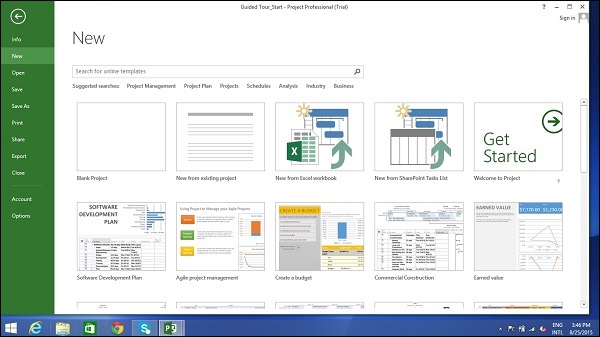
There is always a sense of satisfaction when you complete a project, especially when it is a very successful project.
However, as we know all too well, there will be problems. It is not a matter of if, but when. We must prepare as much as we can so that when an unforeseen event sets us back in our project plan we can increase our chances of recovery. We don’t always know what problems we will face or when they will arise. If we had this information, they wouldn’t be problems after all.
Let’s take this scenario: you are managing a high-dollar manufacturing project and you have made it to the delivery phase. Your planning worked. You even had to shorten your lead time by a couple of weeks because the customer didn’t plan for their PO release process to be as long as it turned out to be. But you were prepared for the compression of the schedule of 15 calendar days and even managed to get a change order from the customer (at their insistence, even) for reducing your lead time.
 The project is released for delivery to the customer; you notify your logistics agent to book the shipping and are looking forward to closing the project. Everyone is happy……or so you thought.
The project is released for delivery to the customer; you notify your logistics agent to book the shipping and are looking forward to closing the project. Everyone is happy……or so you thought.
The Problem
The following day, you read an email from the freight forwarder:
“Shipment #12345679 is stuck in the shipping channel due to a cargo ship workers’ strike. Total expected a delay of 7 weeks “3 weeks of negotiations + 2 weeks for activities to resume + 2 weeks for shipment backlog to clear.”
Did you hear that needle scratching the record in your head? That’s the sound that lets you know we have a project that went very well until the very end and until something went very wrong.
Shock is the first reaction we have. But as Project Managers, we must take a big breath, and then we must figure out how to proceed.
We simultaneously think about how to solve the problem and how to inform the customer about the problem. Usually, these two thoughts collide and compete.
 ‘Ok, so we can maybe rent a private jet to fly the stuff over, but that’s going to be expensive… no, no. Maybe we’ll send someone to talk to the workers on strike and ask them to postpone the strike by two days. Maybe Jim can do it; he’s a smooth talker. But then I can’t tell the customer because the strike is postponed and there’s no problem, to begin with? But I have to tell them because maybe they’ll have a better idea than postponing the strike… is there a better idea than that?’
‘Ok, so we can maybe rent a private jet to fly the stuff over, but that’s going to be expensive… no, no. Maybe we’ll send someone to talk to the workers on strike and ask them to postpone the strike by two days. Maybe Jim can do it; he’s a smooth talker. But then I can’t tell the customer because the strike is postponed and there’s no problem, to begin with? But I have to tell them because maybe they’ll have a better idea than postponing the strike… is there a better idea than that?’
In this blog, I will not tell you how to solve your problem because no two problems are exactly alike. What we will cover, however, is how to weigh different options to pick an adequate solution to your problem. Note that we are looking for adequate solutions and not “perfect” solutions. Trying to find perfect solutions is asking for more stress to be added to the situation. We need to act quickly and adequately; not perfectly.
How to Solve the Problem
You can have a strong gut feeling on what the perfect solution is, or perhaps you’ve dealt with a similar project in your career already. Maybe you have a go-to mentor that can help you consider your options and decide. All fine and dandy, but we want to be able to replicate the decision-making process in case something like this happens to someone in the organization that is not as fortunate as us in having these resources (experience, relationships, instinct).
While there are plenty of methods and processes; a handy one is the decision-making matrix.
The matrix allows us to consider possible solutions we are considering and quantitively apply weights to them to help us make a good decision. Supplement this with team-discussions and common sense. The best option shown in the matrix might not always be the best course of action in our scenario. But this tool is valuable, and it can even identify situations that we might not have considered when discussing possible solutions.




Comments are closed